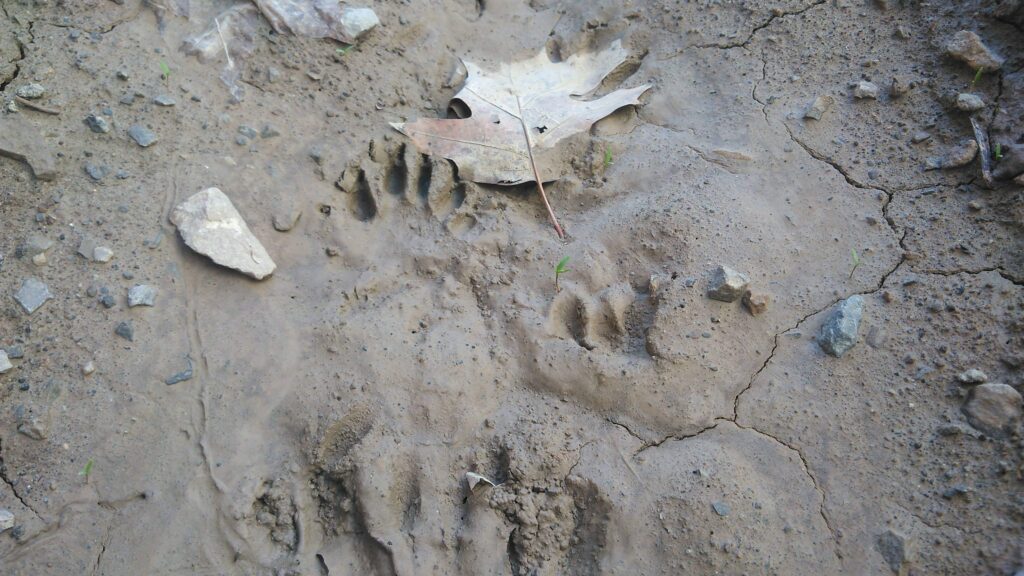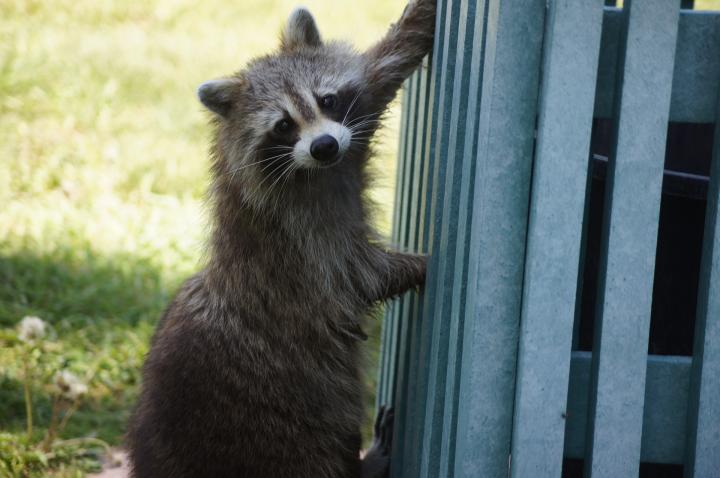Raccoons have certainly earned the name ‘masked bandits’ because they are so adept at getting what they want from any source no matter how secure. Your garden is one area that may be targeted by raccoons. This can be quite frustrating when after inputting hours of hard work you wake up one day to find completely undone by a hungry raccoon. In addition to getting experts to help with raccoon removal, there are a few steps you can take to protect your precious natural haven from these wild animals.
The Key to A Raccoon’s Success
Raccoons can overcome almost any obstacle that stands between them and their food. Their dexterous paws are comparable to human hands in appearance and function, as a result, they accomplish tasks (such as grasping and twisting) that baffle many other wildlife animals. It is no wonder they are able to break into raccoon proof bins and even your shed.
Raccoon Activity – The Basics
Unlike many other wildlife species that have seasons of inactivity (usually winter) raccoons are active all year round which means you will get no breaks from their aggressive foraging. Your garden is the usual target for them since they eat just about anything. Most greenery is considered food by raccoons, which means that much of what you plant in your garden, will be attracting them.
Signs of Raccoon Intrusion
Look out for raccoon behavior at night. If you can manage to stay up late or drag yourself out of bed in the late hours of the night, you might be able to catch raccoons in the act. If you simply don’t have the stamina for a stealth mode observation of raccoons at night, you can consider looking out for signs of raccoon damage as you inspect your property during the day. A ransacked garden can indicate that raccoons have been foraging around in there at night. The more intense the damage seems, the more likely it is that raccoons are the culprits as their foraging efforts tend to be more intense than other animals. One obvious sign to look out for is the prints of raccoon paws near the area of concern. Raccoon tracks tend to resemble small human hands but often have longer ‘finger’ prints.

What You Can Do to Keep Raccoons Away From Your Garden
Of course, you can try to prevent raccoon intrusion by ensuring that most, if not all, attractions are eliminated from your space. These include standing garbage (even if it is enclosed in a bin) pet food and ripened fruits that fall from trees or are discarded and left lying around.
Teams like Skedaddle are equipped with the knowledge and equipment necessary to keep raccoons at bay without harming them or other living things. This is called the humane wildlife control approach. Exclusion efforts used by Skedaddle include barrier fences that prevent raccoons from entering the garden area. These fences are strategically designed to frustrate raccoons as they attempt to climb or claw their way into your garden. Skedaddle’s expert wildlife technicians are also able to carry out raccoon removal. When they remove raccoons they ensure that the animals are released safely and with the best chance for survival.



